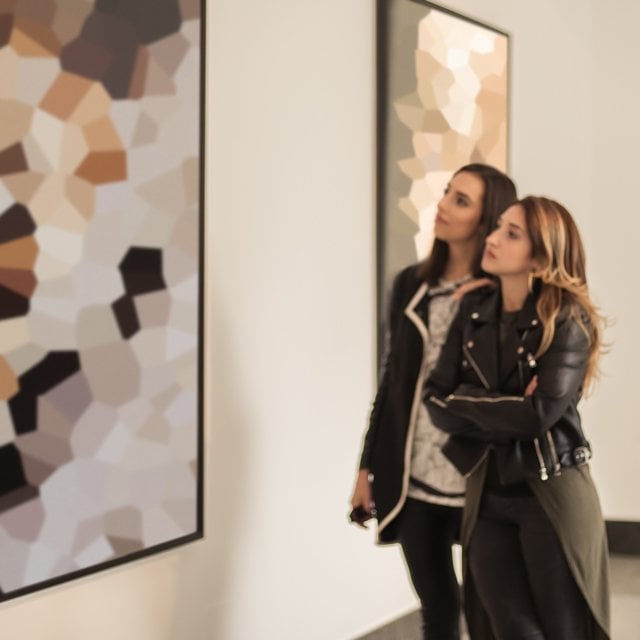
NOT FOR REPRINT
The Art Market Is on the Brink of Major Upheaval
By
James Tarmy
Analysis October 24, 2024 at 01:50 PM
Share & Print
What You Need To Know
- Overall, today's art market is fairly flat, with more collectors buying works on paper, as well as pieces from new and emerging artists.
- In 2022, high net worth individuals allocated 24% of their wealth to art; that number has fallen to just 15% in 2024.
- In 2023, millennials decreased their average spending on art by as much as 50%.


Immediate Answers to Critical Tax Questions At Your Fingertips
Keep up with the latest tax rules and regulations with weekly, exclusive updates by our Tax Facts experts.
Get More InformationRecently Added Q&As
How are business expenses reported for income tax purposes?
Get Answer
What is a charitable IRA rollover or qualified charitable distribution?
Get Answer
What are the tax benefits that can be realized by providing employee benefits through a cafeteria plan?
Get Answer
What are the Social Security and Medicare tax rates for traditional employees and employers?
Get Answer
What developments have emerged regarding a fiduciary’s consideration of environmental, social and governance (ESG) issues in making investment decisions?
Get Answer
What are the Social Security tax and Medicare rates for self-employed taxpayers?
Get Answer
How is it determined whether a taxpayer is an independent contractor or a common law employee?
Get Answer
What is FBAR, and does a U.S. citizen living in Canada need to be concerned with FBAR requirements?
Get Answer



